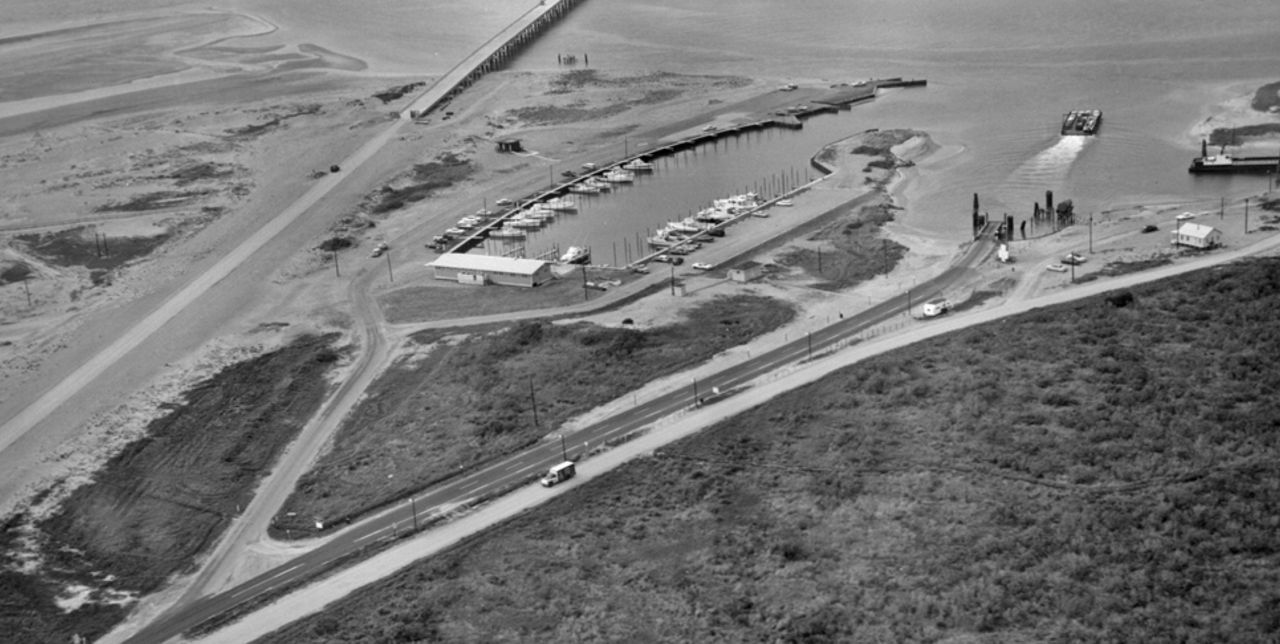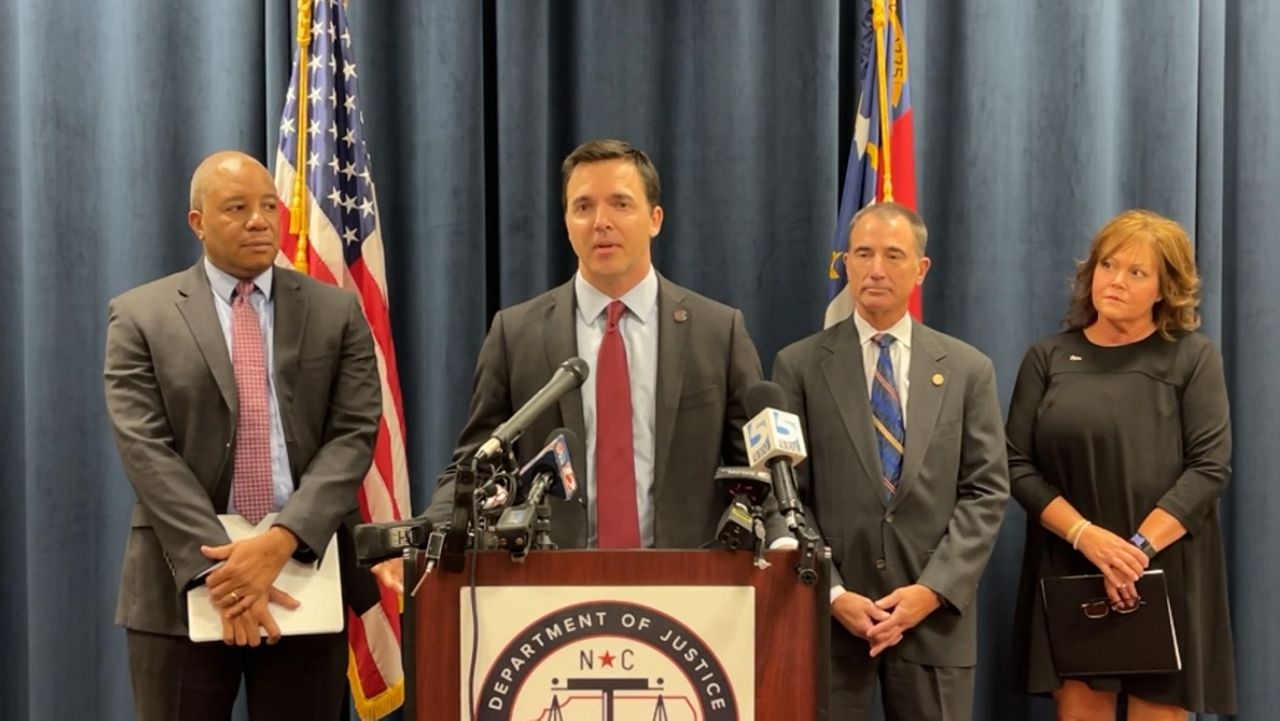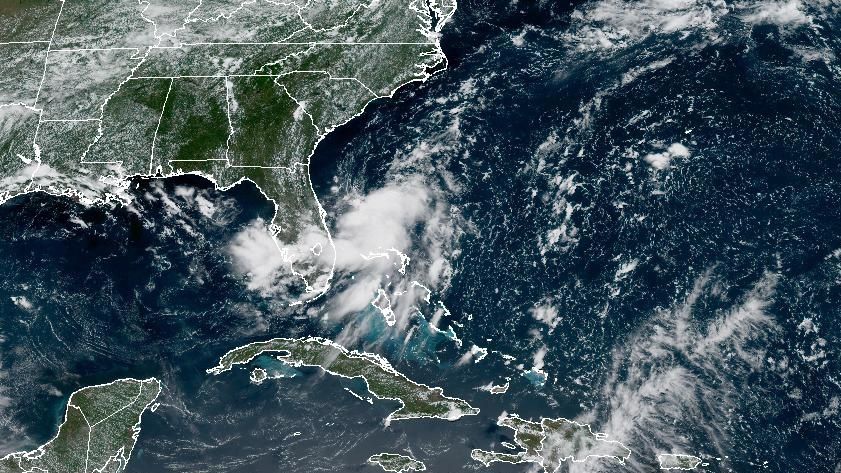OUTER BANKS, N.C. — Someone on the video gives a countdown, “Four, three, two, one”, before explosives detonate on one of the last remaining stretches of the Bonner Bridge.
The video, shared on social media by the U.S. Coast Guard last week, shows the final days of the bridge that spanned Oregon Inlet and connected Hatteras Island to the neighboring Outer Banks towns to the north.
“Before the bridge came in, the only way to get to Hatteras Island was by ferry, was by boat,” North Carolina Maritime Museums Director Joe Schwarzer said. “It’s connectivity, it’s enormous."
The bridge brought “economic growth and stability” to Hatteras Island, giving tourists a direct route to drive to some of North Carolina’s most storied beaches.
The Bonner Bridge opened in 1963, named for longtime Congressman Herbert Bonner, who represented that corner of North Carolina for almost 25 years. It spanned Oregon Inlet, which cuts through the barrier islands into the Pamlico Sound.
Before the bridge opened, a ferry ran across the Oregon Inlet, carrying cars to the 70 miles of beach on Hatteras Island. In 1953, the Cape Hatteras National Seashore was established.
The new national seashore led to more and more tourists making their way down along the Outer Banks, according to a 1963 article in the Lexington Dispatch on the opening of the bridge.
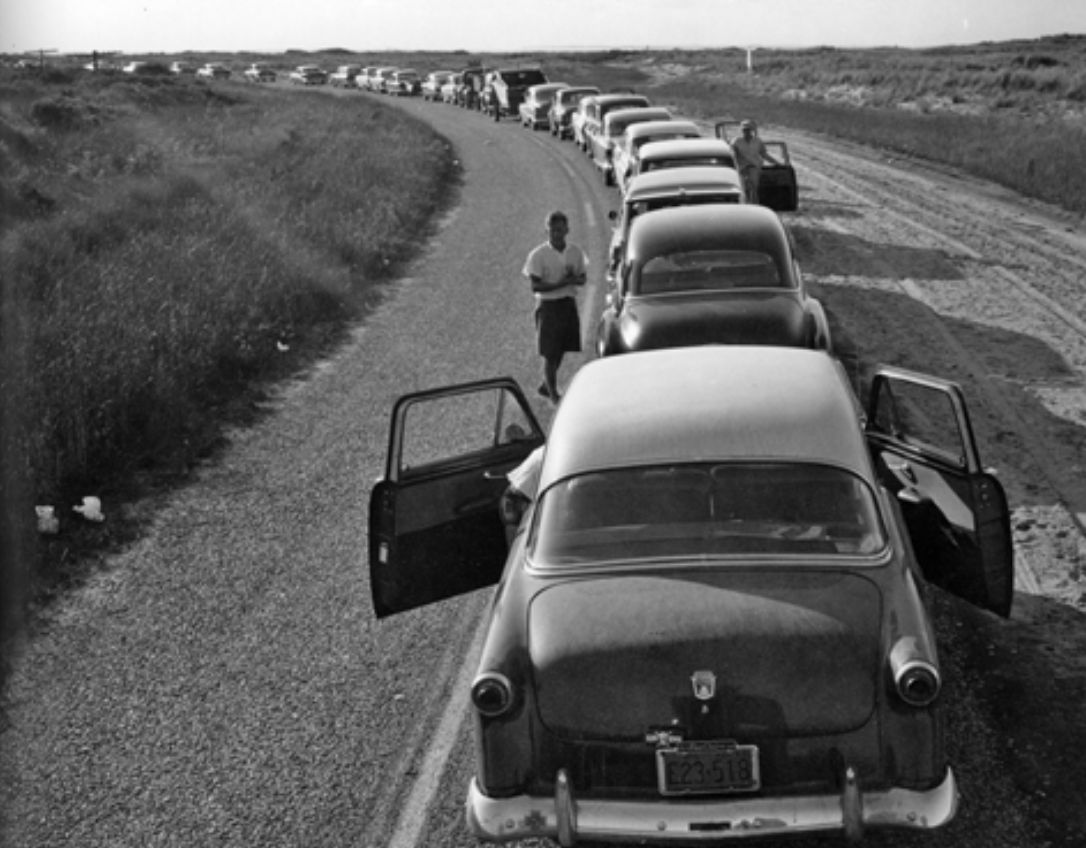
“The lure of lonely beaches, pounding surf, its quaint villages and old customs, sky and salt air beckoned with irresistible attraction. But getting to Hatteras was not easy, and there were many pitfalls and bottlenecks to discourage travelers,” Dispatch reporter William Shires wrote.
Tourists headed to the island would have to wait in long lines to catch the ferry over to the island, according to the National Park Service. A 1956 photo showed cars stretching out along the road and out of the frame, all waiting for their turn to take the ferry across the inlet.
Speaking to Merrill Evans in 1958, chair of the State Highway Commission, Bonner said, “I was in Dare County Sunday. The congestion is something terrible across Oregon Inlet and will grow worse from year to year,” according to the NPS.
The Park Service opened a temporary campground in the parking lot at Coquina Beach, just north of the inlet in 1963, the NPS wrote in a comprehensive history of the national seashore in 2007.
“The bridge brought in waves of tourists whose numbers increased with each passing year, an indisputable and considerable economic benefit to all the villages on Hatteras and Ocracoke Islands. More immediately, there would no longer be frustrating wait times or dread by visitors over the possibility of being stranded on the other side of the inlet if one were unlucky and missed the last scheduled ferry,” the NPS said.
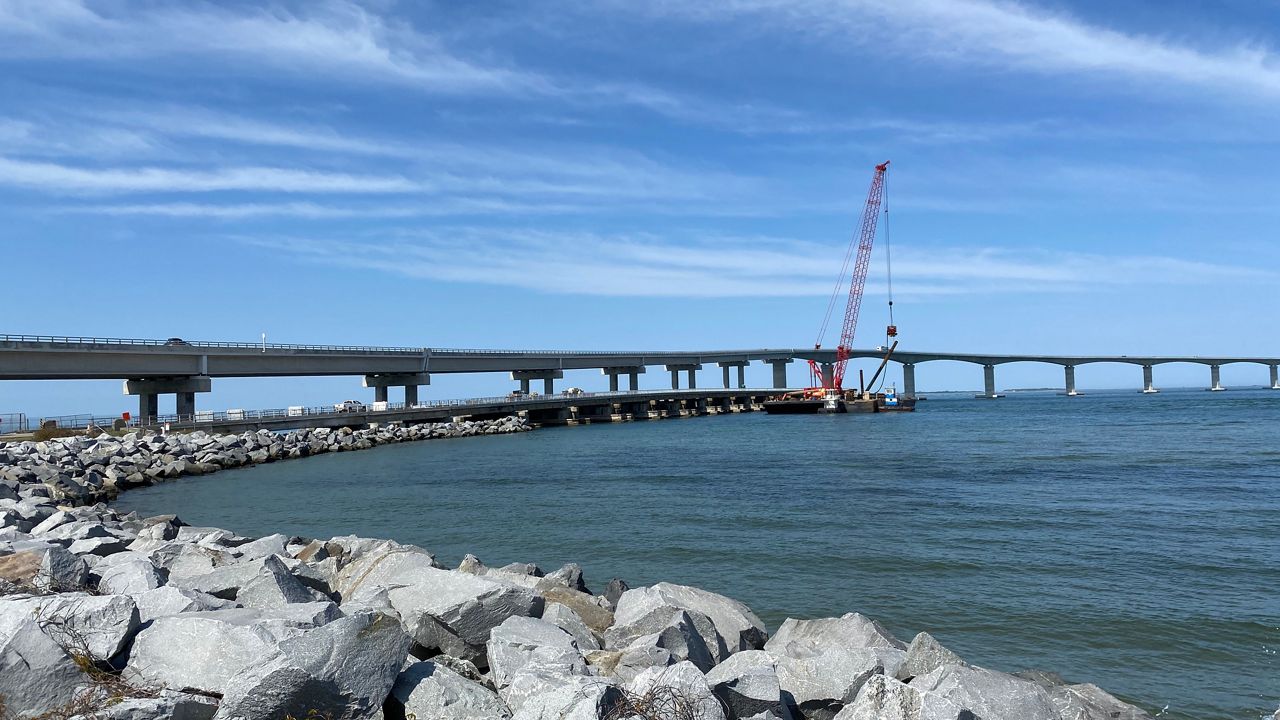
The Bonner Bridge served as the link between Bodie Island and Hatteras Island until Feb. 25, 2019 when the new Marc Basnight Bridge opened to traffic, according to the North Carolina Department of Transportation.
The Basnight Bridge, named for the longtime state senator from the area, had been in the works since 1989. Building the new $252-million bridge faced a number of delays, including two lawsuits challenging the environmental impact of the bridge.
The new bridge has a 100-year lifespan, according to the state DOT. It is designed to withstand the most severe conditions on the Outer Banks to serve residents and tourists alike for a century.
The last remnants of Bonner Bridge are coming down this year. But the state left a 1,000-foot stretch of the bridge into Oregon Inlet for fishing and sightseeing along the bridge that first connected Hatteras Island to the rest of North Carolina.





